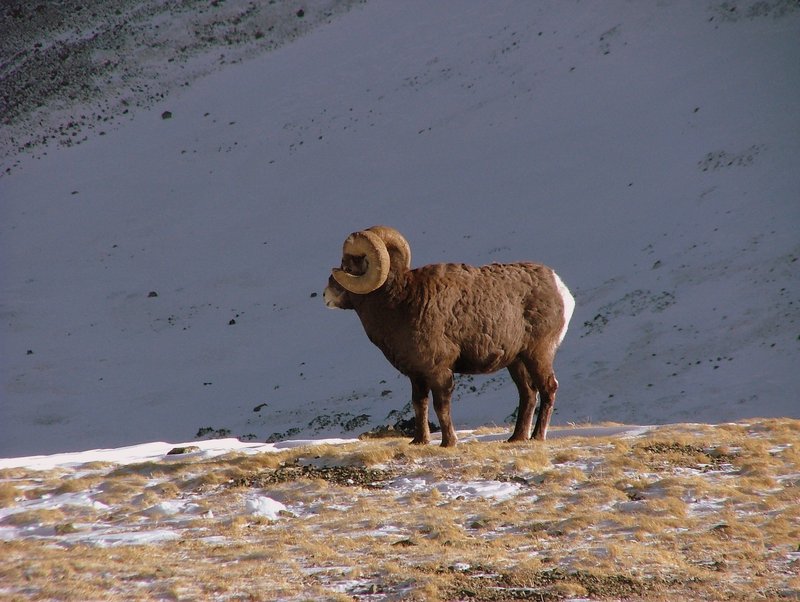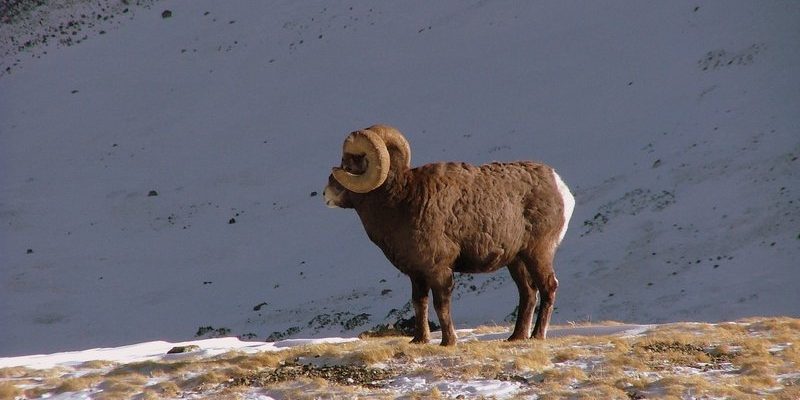
As we dive into the evolutionary history of the bighorn sheep, it’s fascinating to understand how these animals came to embody the spirit of the wild. Here’s the thing: their story isn’t just about survival; it’s also about the complex interplay of climate, geography, and competition. Let me explain how the bighorn sheep evolved into the impressive species we see today.
The Origins of Bighorn Sheep
The bighorn sheep, scientifically known as *Ovis canadensis*, has a rich lineage that dates back to ancient times. The story starts in North America, where their ancestors roamed the land nearly 2 million years ago. These early sheep belonged to a family known as Bovidae, which includes other familiar animals like cows and goats. As the Earth went through various climatic changes, these ancestors evolved to adapt to the diverse conditions they encountered.
Over time, the bighorn sheep branched off from its relatives, developing unique features suited for survival in the harsh environments of western North America. Their bighorn status became marked by the impressive curling horns of the males, which can weigh up to 30 pounds. These horns aren’t just for show; they serve a vital purpose in mating battles and establishing dominance.
Adaptations to Harsh Environments
Bighorn sheep are true masters of their rugged habitats. They can often be seen scaling steep cliffs and rocky terrains, a skill that’s crucial for their survival. But how did they develop this remarkable ability? Well, their hooves are specially designed with a hard outer shell and a soft inner pad that allows them to grip rocky surfaces with ease. This adaptation is vital because it enables them to escape predators and access food sources that other animals can’t reach.
In addition to their physical adaptations, bighorn sheep have developed behaviors that help them thrive. For instance, they often form small, tight-knit groups, which provide safety in numbers. When you see a group of bighorn sheep on a mountain ledge, you’re witnessing instinctive social behavior that promotes survival. Living in a herd means they can watch out for each other and share the responsibilities of foraging for food.
The Role of Climate in Bighorn Evolution
As the climate fluctuated over millennia, the bighorn sheep had to continuously adapt to survive. During the Ice Ages, for example, their ancestors migrated to find suitable habitats. With glaciers advancing and retreating, these sheep learned to navigate changing landscapes, which shaped their genetic makeup.
Interestingly, modern bighorn sheep are now facing new challenges related to climate change. Warmer temperatures and shifting weather patterns can affect their food sources and habitat availability. This ongoing evolution highlights the resilience of these animals, as they continue to adapt to life in a world that’s constantly changing.
Genetic Diversity and Subspecies
One of the most fascinating aspects of bighorn sheep is their genetic diversity. Over time, different populations adapted to specific environments, leading to the development of several subspecies. This includes the Rocky Mountain bighorn and the California bighorn, each with distinct physical and behavioral traits.
Genetic diversity is crucial for the survival of bighorn sheep, allowing them to withstand diseases and environmental changes. However, human activities, such as habitat destruction and hunting, pose significant threats to this diversity. Conservation efforts aim to preserve their habitats and ensure genetic exchange between populations, which helps maintain their resilience.
The Impact of Humans on Bighorn Sheep
Humans have had a profound impact on the evolution of bighorn sheep, both positively and negatively. Historically, overhunting and habitat encroachment led to dramatic declines in bighorn populations. For instance, during the late 1800s, bighorn sheep were hunted nearly to extinction, largely due to the demand for their meat and horns.
Conversely, conservation efforts in the 20th century have helped bighorn populations rebound in some areas. Many national parks and wildlife reserves have been established specifically to protect these majestic animals. These efforts show how, when humans take a proactive approach, they can help restore the balance of nature.
Modern Conservation Efforts
Today, conservationists are working hard to ensure the survival of bighorn sheep for future generations. This involves habitat restoration, monitoring populations, and educating the public about the importance of preserving these creatures. Wildlife crossings, like those seen in some mountainous regions, help bighorn sheep safely navigate roads and expand their ranges.
You might be wondering how you can help. Supporting local conservation programs or visiting protected areas can raise awareness about the challenges these animals face. Even simple actions, like advocating for wildlife-friendly policies, contribute to the greater good of preserving the bighorn sheep and their habitats.
The Future of Bighorn Sheep
Looking ahead, the future of bighorn sheep will depend on our collective efforts to address climate change and habitat loss. As they continue to adapt to their ever-changing environment, we need to ensure they have the support necessary for their survival. This is more than just about protecting an iconic species; it’s about maintaining the biodiversity that enriches our planet.
So, next time you’re in the mountains and catch a glimpse of these incredible animals, remember their story. The evolution of the bighorn sheep is a testament to resilience, adaptability, and the intricate dance of life in the wild.
In conclusion, understanding the evolutionary history of the bighorn sheep teaches us about the broader themes of survival and adaptation. The journey of these animals—shaped by environmental changes, human interference, and conservation efforts—reminds us of our responsibility to protect and cherish the natural world. By learning about the bighorn sheep, we can appreciate the delicate balance of nature and the role we play in it.

